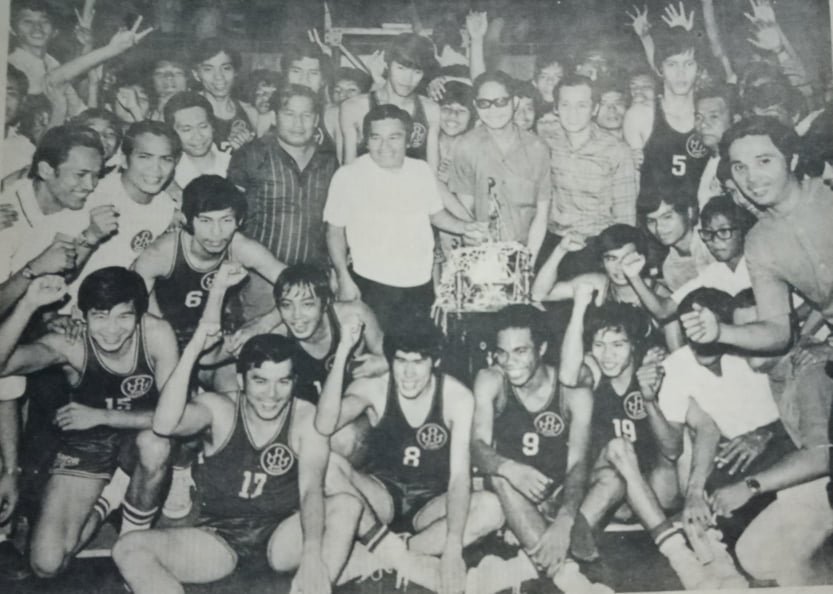
by Henry L. Liao
The Yco Redshirts/Painters and Ysmael Steel Admirals engaged in a fierce rivalry during the 1950s and 1960s for overall supremacy in Philippine commercial basketball.
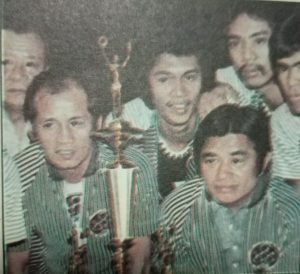
It was always a foregone conclusion that the two traditional-steeped franchises owned by business tycoons Don Manolo Elizalde (Yco) and Felipe (Baby) Ysmael (Ysmael Steel) would be there duking it out for the championship hardware in the prestigious Manila Industrial and Commercial Athletic Association (MICAA) competitions and/or the National Senior (Open) tournament, where all-comers from the top commercial ballclubs down to the collegiate teams fought for national supremacy.
While Ysmael Steel called it quits at the end of the 1967 season, its arch-nemesis Yco remained active until the MICAA ceased operations at the end of the 1981 wars.
By the early 1970s, a new rivalry had emerged. This time around, it was the Crispa-Floro Redmanizers and the Toyota Comets/Tamaraws that romanticized PH basketball for more than a decade.
Crispa, owned by the Floro Textiles of Pablo and Crisanta Floro. started its basketball odyssey in the early 1950s.
In 1953, the first-ever Crispa team was set up by ex-Letran star Cesar Baldueza although it was only a Juniors team.
It was only in 1956 that team manager Valeriano (Danny) Floro formed a Seniors team to compete in the Businessman’s Athletic Association (BAA).

Known as the Crispa Florotex Redmanizers, the team under coach Baldueza won the BAA title right on its maiden year for its first-ever championship of any kind.
That BAA team was star-studded as it was headed by three future Olympians in Carlos Badion, Edgardo (Eddie) Pacheco and Roberto Yburan, all of whom suited up in the 1960 Rome Olympiad.
Two years later, Crispa Florotex pulled out of the BAA to join the MICAA in 1958. The team was initially handled by Valerio Lopez and Gabriel (Gabby) Fajardo, a 1948 London Olympian and brother of Felicisimo (Fely) Fajardo, who was team skipper of that year’s RP Olympic squad.
By the mid-1960s, Virgilio (Baby) Dalupan, the head coach of the multi-titled University Athletic Association of the Philippines (UAAP) champion University of the East at the time, had taken over the Redmanizers bench as well.
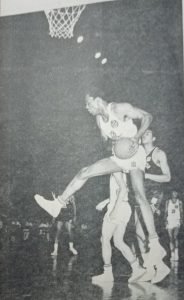
The Redmanizers did not really make waves until the late 1960s, with the exception of a bridesmaid finish in the MICAA in 1965, and only entered the national conscience following the disbandment of Ysmael Steel after the 1967 season.
It came at a time when top commercial teams sought American imports to beef them up, and Crispa employed its own in Paul Scranton and Tom Cowart.
Dalupan also recruited local stars Danny Florencio and Adriano (Jun) Papa Jr. and took in several members of his Red Warriors team to join forces with Scranton and Cowart.
The Redmanizers finally broke through in 1970, defeating Mariwasa in the MICAA finals to finish with a perfect 13-0 ledger and snare their first MICAA title.
Months before, Crispa-Floro had snared the National Open (Senior) crown to establish itself as the top ballclub in the land.
In 1971, the Redmanizers subdued the San Miguel Brewery Braves in the MICAA All-Filipino, marking the first time it had done so in an all-locals setting. It was a repeat by Crispa over San Miguel in the 1972 MICAA All-Filipino final series.
After the controversial game-fixing scandal that engulfed the star-laden team during the 1973 All-Filipino Conference, Crispa went into a tailspin for a few months before returning to its winning ways.
In the same year (1973), a newly-formed commercial team that would challenge Crispa for PH roundball supremacy in the years to come sprouted.
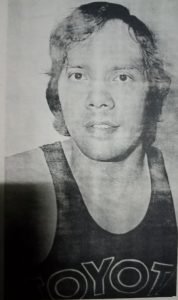
In the aftermath of the much-publicized punching and kicking incident involving Meralco’s Robert (Sonny) Jaworski and Alberto (Big Boy) Reynoso and the referees in a MICAA All-Filipino game against Crispa in December 1971, for which the two national players were slapped a lifetime ban by the Basketball Association of the Philippines (BAP), the Reddy Kilowatts decided to disband.
A contributory factor was the annexation of the electric company by the martial law government in September 1972.
The lifting of the BAP ban on Jaworski and Reynoso in February 1973 spurred the formation of a new commercial team. The duo, along with some of the remnants of the Meralco team such as Francis Arnaiz, Orlando Bauzon and Alfonso (Boy) Marquez, headed the upstart Komatsu Komets.
After seeing action in the National Open and the Fred Elizalde-organized Panamin tournaments earlier, the team reinvented itself as the Toyota Comets in the 1973 MICAA Open competitions and, coached by Claustro (Nilo) Verona, beat the Concepcion Industries Motorolas in the finals for a title in their maiden campaign.
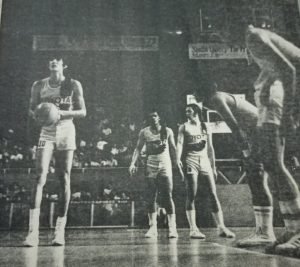
In 1974, Crispa-Floro suffered a pair of meltdowns early in the year – placing third both times in the National Open Championship (behind champion Yco Athletic Club and Universal Textile Mills as the Cement Mixers) and the MICAA Open tournament (behind the Concepcion Motorolas and Yco Painters). But the club would finish the season with a flourish, romping away with three titles in the Philippine Invitational, Palarong Pilipino and the sweetest of them all, the MICAA All-Filipino crown.
The MICAA All-Filipino diadem was extra special for it came at the expense of the Toyota Comets, whom the Redmanizers defeated 113-89 and 103-99 in a sweep of the best-of-three titular series. With that, Crispa regained the prestigious All-Filipino crown – the last in the pre-PBA era.
Here was Crispa, which in the previous year (1973) had unceremoniously surrendered its MICAA All-Filipino to the Mariwasa Akai Recorders in a finals that was marred by a point-shaving, game-fixing scandal, in a title clash with Toyota.
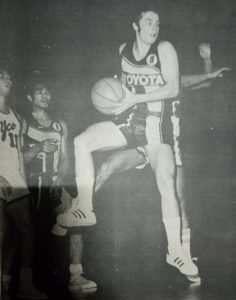
Historically, the series marked the first-ever finals confrontation between the two storied franchises.
It also was the start of another great commercial-league rivalry that would replace the old one between Yco and Ysmael Steel. The intense rivalry between Crispa and Toyota would eventually spill into the PBA.
In 1975, the rivalry Crispa vs. Toyota – or Toyota vs. Crispa depending on which side you were – resumed in another battlefront, this time in the pro league PBA. The tug of war between the two talent-laden teams lasted for nine years until Toyota called it quits after the 1983 season. A year later, Crispa, with no more worthy adversary to offer a stiff challenge, also disbanded.
In the PBA, Crispa and Toyota (which renamed to the Tamaraws after its first season) fought 10 times in the finals.
Crispa won on six occasions, including a historic title three-peat during the 1976 season against its arch-foes.
Ginebra San Miguel became a darling of the crowd during the 1990s because of popular playing coach Robert Jaworski, the former Toyota ace, but no other heated and bitter PBA rivalry has captivated hoop fans since the time, what with two franchises having three teams apiece in the current 12-team league.
Those were the days, my friend, and the rivalry ended when Toyota and Crispa said their goodbyes.
- Northport draft pick joins long list of Tiong Lian alumni in PBA - September 11, 2025
- PBA@50 - September 10, 2025
- Of Luka, and FIBA EuroBasket - August 2, 2025



![Kai Sotto [FIBA.com photo]](https://sportsbytes.com.ph/wp-content/uploads/2021/01/4622.jpg)